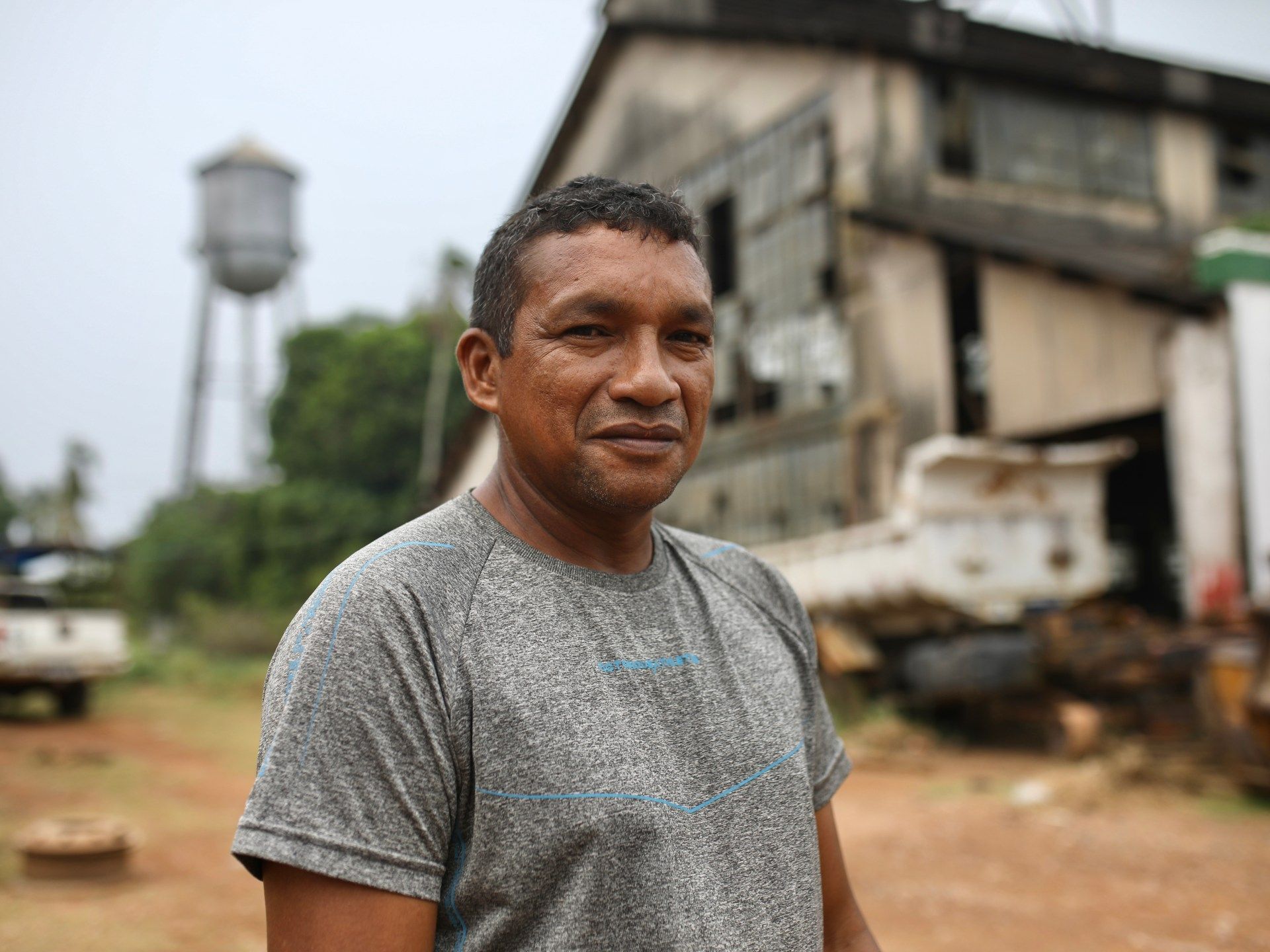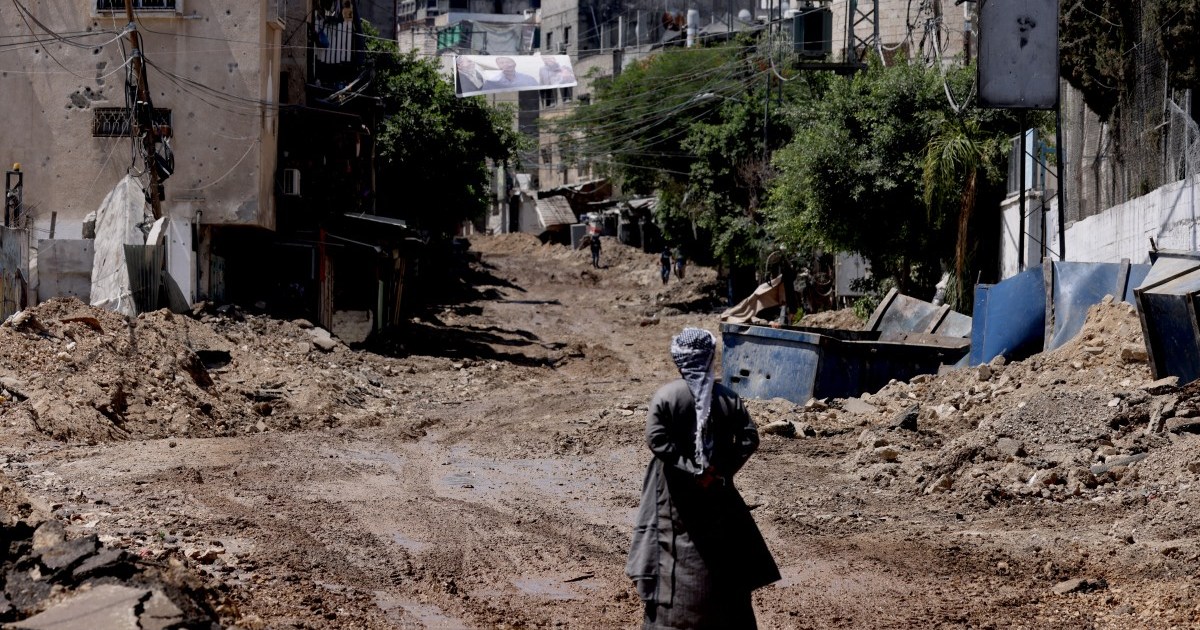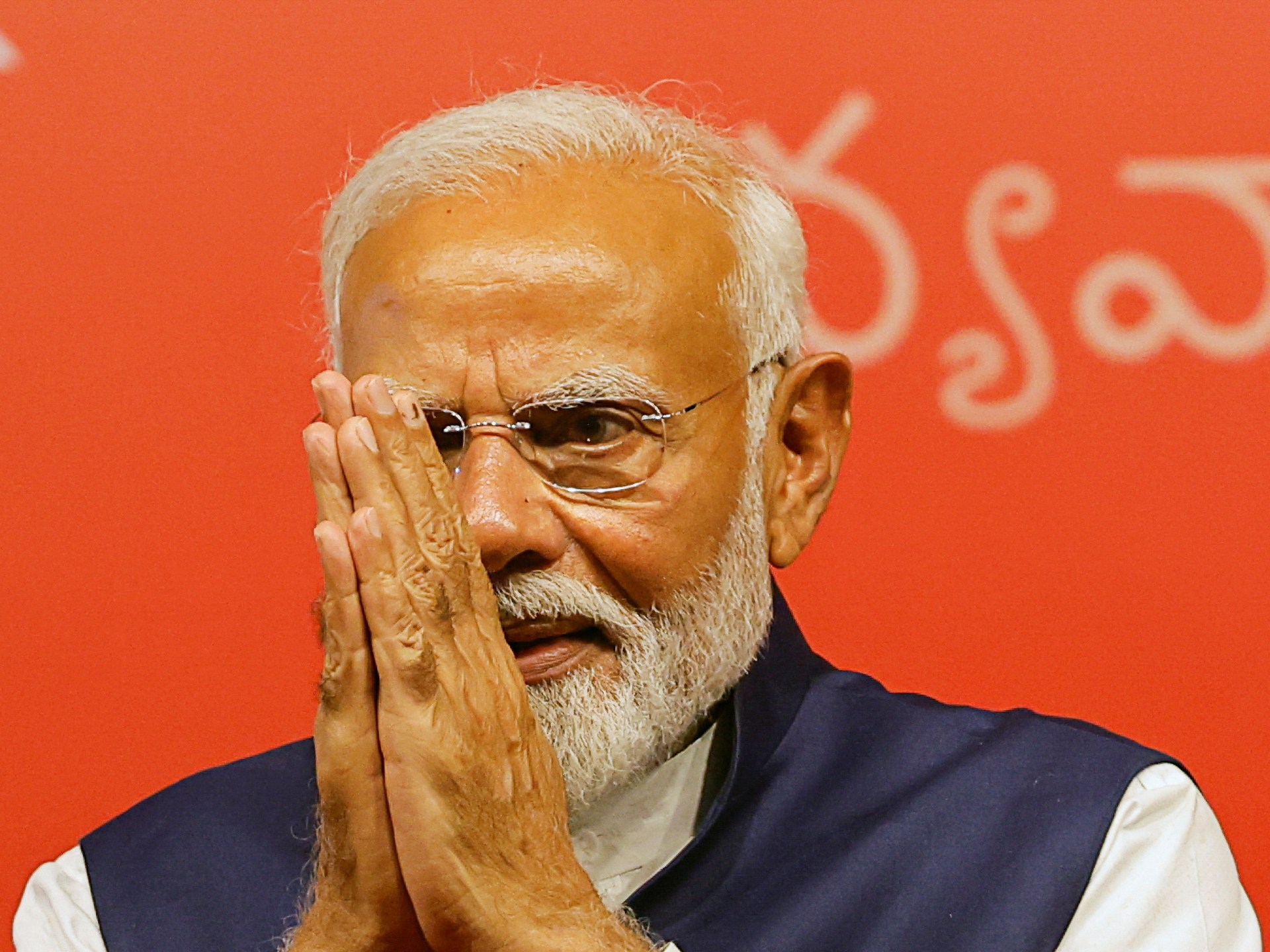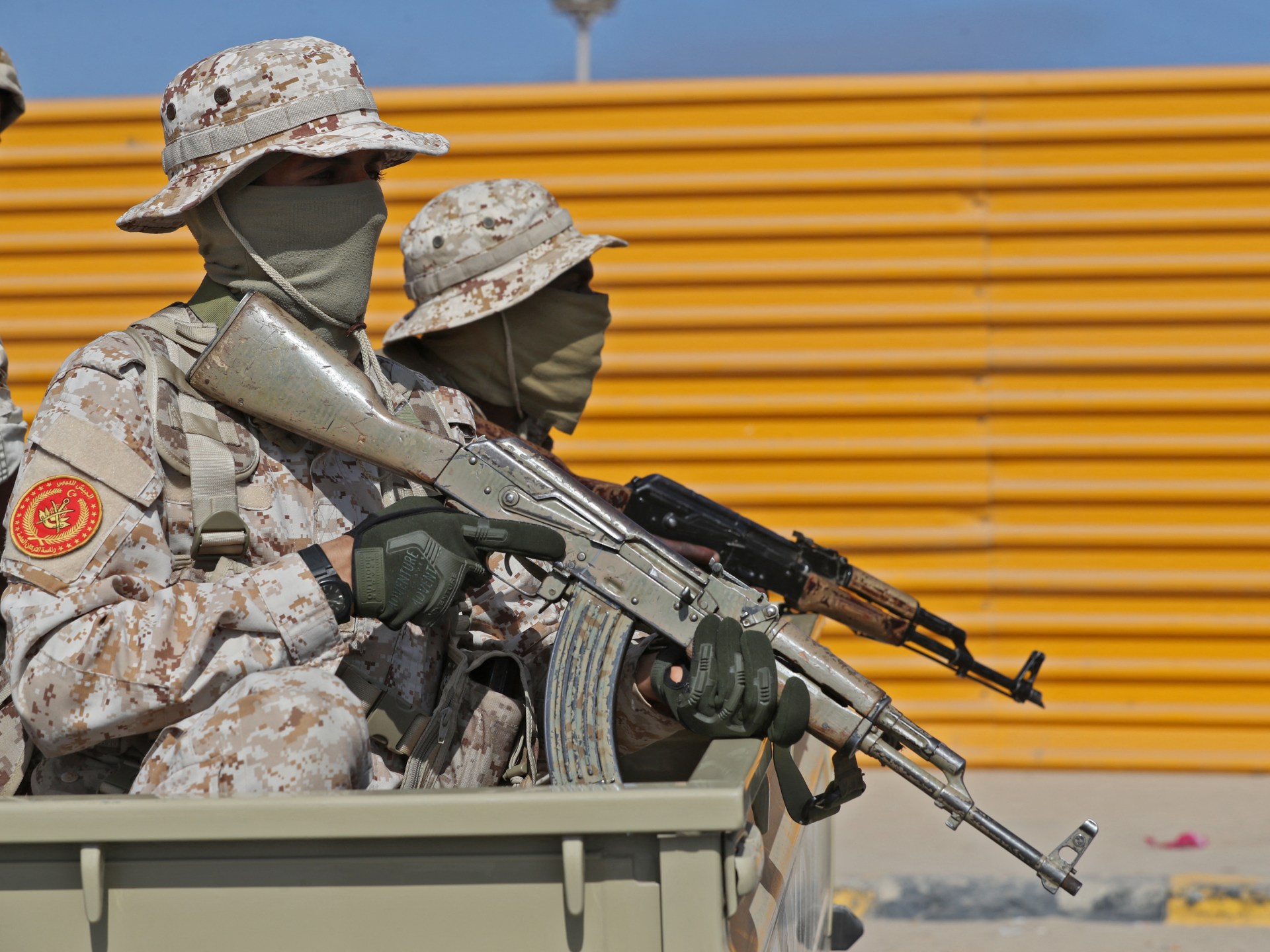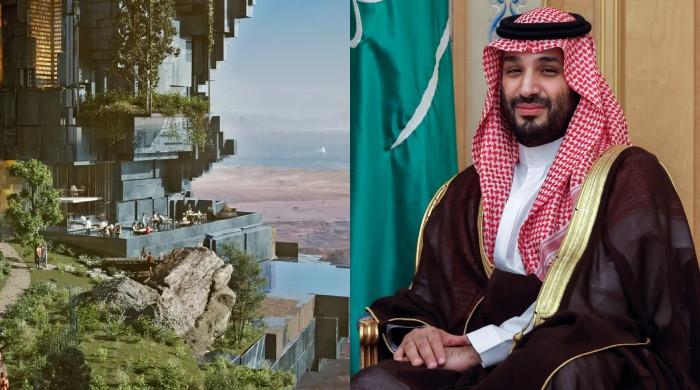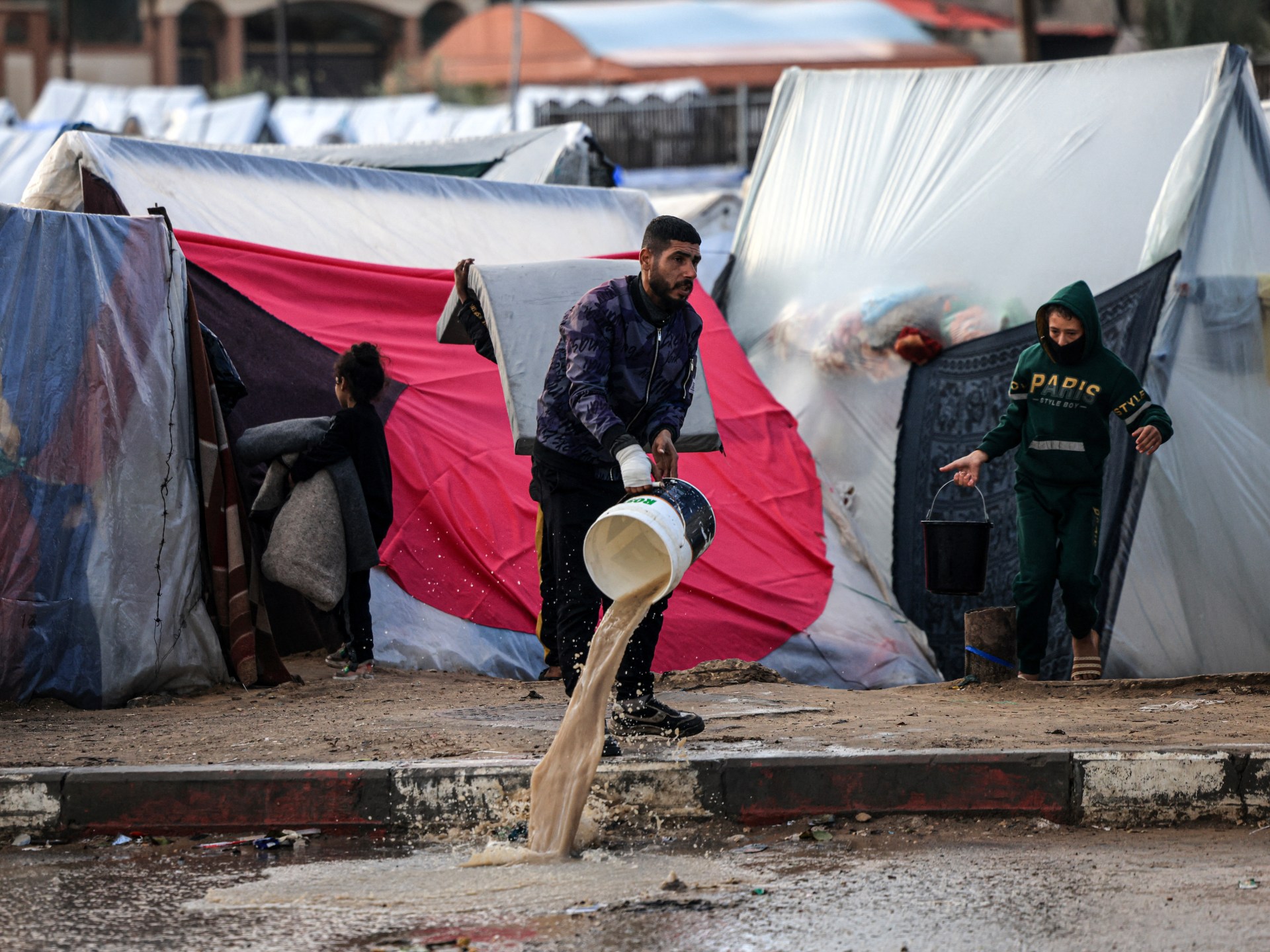Aveiro, Brazil – The flames grew to more than thirty meters and sent waves of smoke rising through the jungle.
The wild boars scattered into the undergrowth. Toucans shot out of the trees. And thousands of acres of Amazon rainforest soon turned to ashes.
It was 1928, and a vast expanse of land in north-central Brazil was being cleared for a monumental undertaking: Fordlandia, a $20 million city masterminded by the richest man in the world at the time, American industrialist Henry Ford. .
A hospital, a cinema, schools and bungalows were built from the charred earth. Golf and tennis courts were built to make arriving Americans feel at home. Meanwhile, sawmills and factories were the province of local workers.
But over the past eight decades, Fordlandia has remained largely abandoned and has slowly fallen into disrepair.
Still, smoke continues to hang in the air, as Brazil faces an ongoing legacy of deforestation and fortune-seeking in its world-renowned rainforest.
About 2,000 people remain residents of Ford's utopian experiment, a decaying reminder of the ambitions that shape the forest.
Plagued by poverty, these residents find themselves caught between competing pressures: protect the environment around them or exploit it to make ends meet.
“Yes, I deforest. How else am I going to farm the land? said Sadir Moata, a 31-year-old resident of the area.
Moata, a muscular farmer with dark, bushy eyebrows, was tasked with rehabilitating one of Fordlandia's largest houses, originally intended for American expatriates. He cleared the bat droppings and tamed the weeds in the garden so his father could use it as a home.
But his agricultural income is meager, and clearing the land by fire allows him to grow more crops.
“They give me 600 reais [$120 per month] of a government program. There are me, my wife, two children and a brother who eats with us. What life am I going to have with 600 reais?
But experts, advocates and other residents warn that the cost of Amazon deforestation will inevitably outweigh any benefits.

